Rian Nelson promotes the claim that Russell M. Nelson is “the prophet who teacheth lies”
|
Tags: Apostasy, Church leadership, Conspiracy theories, First Presidency, Misrepresentation, Rian Nelson, Rodney Meldrum
I’m taking a break from my very busy summer schedule to share what should be a warning to all Saints to not believe or follow the teachings of Rian Nelson, blogger and social media coordinator for Rod Meldrum’s Book of Mormon Evidence website.
For many years, Rian Nelson has been blogging and posting about his opposition to COVID-19 vaccines. He’s compared vaccines in general to sorcery and the occult and called pharmaceutical drugs “poisonous.” (Click here to see more examples of conspiracy theories he’s peddled.)
The problem of course with Rian Nelson’s anti-vaccine stance is that it’s in direct opposition to the repeated counsel of the First Presidency. This has forced him to make increasingly convoluted claims in order to justify his positions in the light of prophetic statements.
The latest example of this is his promotion of Alexander Tibekizis’s Kindle book—available for just 99 cents (you truly do get what you pay for, I suppose)—that claims “by teaching lies, the president of the Church fulfilled the prophet Isaiah’s prophecy” in Isaiah 9:15.* (If his blog post ends up being deleted, you can see a screenshot of it here.)
Rian Nelson first reprinted the Amazon.com description of Tibekizis’s book, unintentionally referring to it as “an amazing quote by Joseph Smith”:
In an ironic twist, on the very same day that Rian Nelson published his “the prophet who teacheth lies” blog post, The Church of Jesus Christ of Latter-day Saints announced a contribution of $3 million to procure and distribute the new RTS,S malaria vaccine to help 39,500 African children receive the four doses required for immunity against malaria.
Rian Nelson is a false teacher who is leading unsuspecting Latter-day Saints into apostasy. Avoid and shun his teachings, and warn your fellow Saints also against them.
—Mike Parker [“Peter Pan”]
* Addendum: Who was “the prophet that teacheth lies” in Isaiah 9:15?
I haven’t (and won’t) read Tibekizis’s book, but if he truly believes that Isaiah 9:15 is prophecy of Russell M. Nelson—or even that President Nelson fits some sort of prophetic type in connection with that verse—then he’s gravely mistaken.
Isaiah 9:8–10:4 is an oracle (prophetic saying) made by Isaiah some time around 730 b.c. against the nation of Israel (also called Ephraim), which lay to the north of Judah where Isaiah lived. Israel had formed an alliance with Syria (also called Aram) to jointly throw off the yoke of Assyrian oppression. The two small nations wanted Judah to join them against Assyria, but king Jotham of Judah refused to participate in their coalition. Israel and Syria responded to Jotham’s decision by attacking Judah to force her to join their alliance. Shortly after the war began, Jotham died and was succeeded by his young son, the wicked Ahaz (r. 732–716). Judah suffered significant defeats during the reign of king Ahaz, and eventually the armies of Syria and Israel marched to Jerusalem and besieged the city. It was at this point that Isaiah gave Ahaz the Immanuel Prophecy to reassure him that Israel and Syria would both be defeated within a few years (Isaiah 7:3–17).
Isaiah 9:8–10:4 follows that by declaring the Lord’s coming punishment on Israel/Ephraim, and its capital city Samaria:
¹¹Therefore the Lord shall set up the adversaries of Rezin [the king of Syria] against him [Jacob, meaning the people of Israel],
and join his enemies together;
¹²The Syrians before [i.e., from the east], and the Philistines behind [i.e., from the west];
and they shall devour Israel with open mouth.
For all [despite] this his [the Lord’s] anger is not turned away [does not subside],
but his hand is stretched out still [to strike Israel].
¹³For the people [of Israel] turneth not unto him that smiteth them [the Lord],
neither do they seek the Lord of hosts [turn to him in the spirit of repentence].
¹⁴Therefore the Lord will cut off from Israel head and tail,
branch and rush [i.e., shoots and stem], in one day.
¹⁵The ancient and honourable [i.e., leaders and highly respected people], he is the head;
and the prophet that teacheth lies, he is the tail.
¹⁶For the leaders of this people [i.e., the “ancient and honourable” and the prophets of v. 15] cause them [the people of Israel] to err;
and they that are led of them are destroyed.
This prophecy was fulfilled a few years later (ca. 721 b.c.), when the Assyrians attacked and overran the nation of Israel and deported the ten tribes who lived there to the east.
Isaiah’s prophecy condemned the false prophets of the nation of Israel in the eighth century b.c. It has nothing whatsoever to do with modern times, COVID-19, or (heaven forbid) Russell M. Nelson.
“And in these things they do err, for they do wrest the scriptures and do not understand them.” (D&C 10:63)
For many years, Rian Nelson has been blogging and posting about his opposition to COVID-19 vaccines. He’s compared vaccines in general to sorcery and the occult and called pharmaceutical drugs “poisonous.” (Click here to see more examples of conspiracy theories he’s peddled.)
The problem of course with Rian Nelson’s anti-vaccine stance is that it’s in direct opposition to the repeated counsel of the First Presidency. This has forced him to make increasingly convoluted claims in order to justify his positions in the light of prophetic statements.
The latest example of this is his promotion of Alexander Tibekizis’s Kindle book—available for just 99 cents (you truly do get what you pay for, I suppose)—that claims “by teaching lies, the president of the Church fulfilled the prophet Isaiah’s prophecy” in Isaiah 9:15.* (If his blog post ends up being deleted, you can see a screenshot of it here.)
Rian Nelson first reprinted the Amazon.com description of Tibekizis’s book, unintentionally referring to it as “an amazing quote by Joseph Smith”:
Rian Nelson then followed that by reprinting this comment that he wrote to Tibekizis:During COVID-19, many members of the Church of Jesus Christ of Latter-Day Saints were shocked to have their church leaders encouraging them to take the COVID-19 Vaccine. Some questioned the faith of those who would not take the Vaccine; others accused any who spoke against the Vaccine of promoting apostasy. Some questioned their own faith when confronted with their prophet promoting what they saw as a lie. Still, others took the Vaccine even against their better judgment, believing that God would not hold them responsible for the damage it caused if they followed the prophet’s counsel.
By teaching lies, the president of the Church fulfilled the prophet Isaiah’s prophecy in the Old Testament, accompanied by many other leaders worldwide. Avoiding the Vaccine was not only the right and privilege of every member but standing for truth is precisely what the Lord has called those loyal to Him to do, both in and outside the Church. The Book of Mormon records that more part of the people came to believe in the Gadianton’s and thus took part with them in their spoils. This book documents how that same process occurred during the COVID-19 pandemic. It also witnesses that none need question their faith in God, the Book of Mormon, the restoration of the Church, or their own membership, but it rather invigorates all to remain faithful to the purposes of the Lord and stand for truth at all times and all places.
I absolutely love the premise of your book. It is the message the Saints need to hear. Often, I think how the Word of Wisdom was not given as a commandment, as it was written for the WEAKEST of the Saints, which is very similar to what you are speaking about.Let’s break this down, shall we?
Over 70% of my family took the jab, which I didn’t, as I was blessed with a calming spirit that told me not to take it. My family didn’t listen, as they were deceived by the craftiness of man. Now, I know the Lord forgives and He will bless my family as they show faith in Him.
Our dear Prophet was not wrong, as he was speaking to the entire world. Many countries would have ostracized or rejected the Church in many countries, like they did in Utah and our own USA. President Nelson knows the Lord will bless those who truly understand or repent. It was a huge trial of our faith and we will go through much more as the Prophet [Joseph Smith] said,
“Does God really want to speak to you? Yes! “As well might man stretch forth his puny arm to stop the Missouri river in its decreed course…as to hinder the Almighty from pouring down knowledge from heaven upon the heads of the Latter-day Saints.”
- Rian Nelson believes that the First Presidency’s repeated counsel to get vaccinated against COVID-19 was, like the Word of Wisdom originally, not a commandment. (Nelson is correct that the Word of Wisdom was originally given “not by commandment or constraint,” although that changed in the 1920s under President Heber J. Grant.)
- Rian Nelson believes that the First Presidency’s repeated counsel to get vaccinated against COVID-19 was “written for the WEAKEST of Saints.” This would imply, it seems, that spiritually elite Saints knew that President Nelson didn’t mean they should get the vaccine, but all the spiritual commoners didn’t understand this coded message and failed the test.
- Rian Nelson believes that over 70 percent of his family members were “deceived by the craftiness of man.” (Wow, I’ll bet Thanksgivings and family reunions are blast with him around!)
- Rian Nelson believes that the First Presidency’s repeated counsel to get vaccinated against COVID-19 was a ploy to keep the Church in good standing among the nations of the world, and that President Nelson “knows the Lord will bless those who truly understand”—wink, wink—that he really didn’t mean for people to get vaccinated. This was just a secret code that only the spiritually elite like Rian Nelson would understand, while Saints who lacked his understanding or were disobedient (i.e., those who need to repent) didn’t understand and follow.
In an ironic twist, on the very same day that Rian Nelson published his “the prophet who teacheth lies” blog post, The Church of Jesus Christ of Latter-day Saints announced a contribution of $3 million to procure and distribute the new RTS,S malaria vaccine to help 39,500 African children receive the four doses required for immunity against malaria.
Rian Nelson is a false teacher who is leading unsuspecting Latter-day Saints into apostasy. Avoid and shun his teachings, and warn your fellow Saints also against them.
—Mike Parker [“Peter Pan”]
* Addendum: Who was “the prophet that teacheth lies” in Isaiah 9:15?
I haven’t (and won’t) read Tibekizis’s book, but if he truly believes that Isaiah 9:15 is prophecy of Russell M. Nelson—or even that President Nelson fits some sort of prophetic type in connection with that verse—then he’s gravely mistaken.
Isaiah 9:8–10:4 is an oracle (prophetic saying) made by Isaiah some time around 730 b.c. against the nation of Israel (also called Ephraim), which lay to the north of Judah where Isaiah lived. Israel had formed an alliance with Syria (also called Aram) to jointly throw off the yoke of Assyrian oppression. The two small nations wanted Judah to join them against Assyria, but king Jotham of Judah refused to participate in their coalition. Israel and Syria responded to Jotham’s decision by attacking Judah to force her to join their alliance. Shortly after the war began, Jotham died and was succeeded by his young son, the wicked Ahaz (r. 732–716). Judah suffered significant defeats during the reign of king Ahaz, and eventually the armies of Syria and Israel marched to Jerusalem and besieged the city. It was at this point that Isaiah gave Ahaz the Immanuel Prophecy to reassure him that Israel and Syria would both be defeated within a few years (Isaiah 7:3–17).
Isaiah 9:8–10:4 follows that by declaring the Lord’s coming punishment on Israel/Ephraim, and its capital city Samaria:
¹¹Therefore the Lord shall set up the adversaries of Rezin [the king of Syria] against him [Jacob, meaning the people of Israel],
and join his enemies together;
¹²The Syrians before [i.e., from the east], and the Philistines behind [i.e., from the west];
and they shall devour Israel with open mouth.
For all [despite] this his [the Lord’s] anger is not turned away [does not subside],
but his hand is stretched out still [to strike Israel].
¹³For the people [of Israel] turneth not unto him that smiteth them [the Lord],
neither do they seek the Lord of hosts [turn to him in the spirit of repentence].
¹⁴Therefore the Lord will cut off from Israel head and tail,
branch and rush [i.e., shoots and stem], in one day.
¹⁵The ancient and honourable [i.e., leaders and highly respected people], he is the head;
and the prophet that teacheth lies, he is the tail.
¹⁶For the leaders of this people [i.e., the “ancient and honourable” and the prophets of v. 15] cause them [the people of Israel] to err;
and they that are led of them are destroyed.
This prophecy was fulfilled a few years later (ca. 721 b.c.), when the Assyrians attacked and overran the nation of Israel and deported the ten tribes who lived there to the east.
Isaiah’s prophecy condemned the false prophets of the nation of Israel in the eighth century b.c. It has nothing whatsoever to do with modern times, COVID-19, or (heaven forbid) Russell M. Nelson.
“And in these things they do err, for they do wrest the scriptures and do not understand them.” (D&C 10:63)
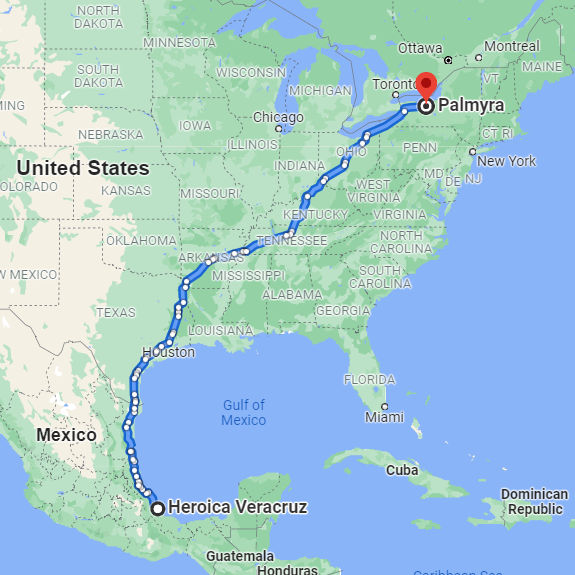
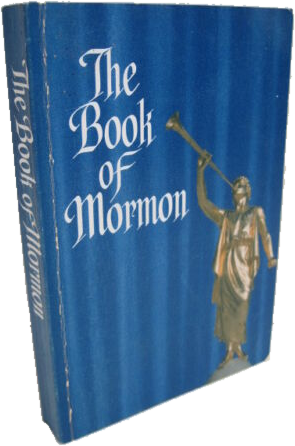



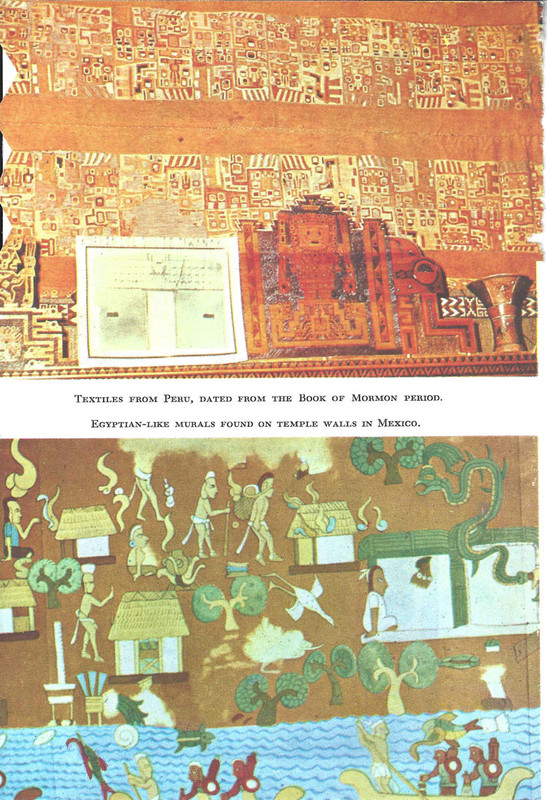


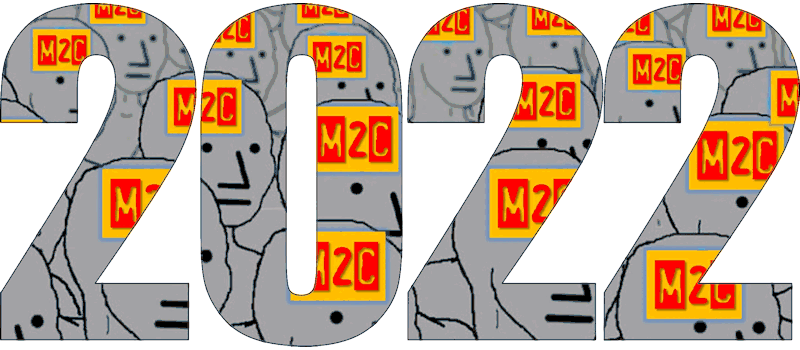
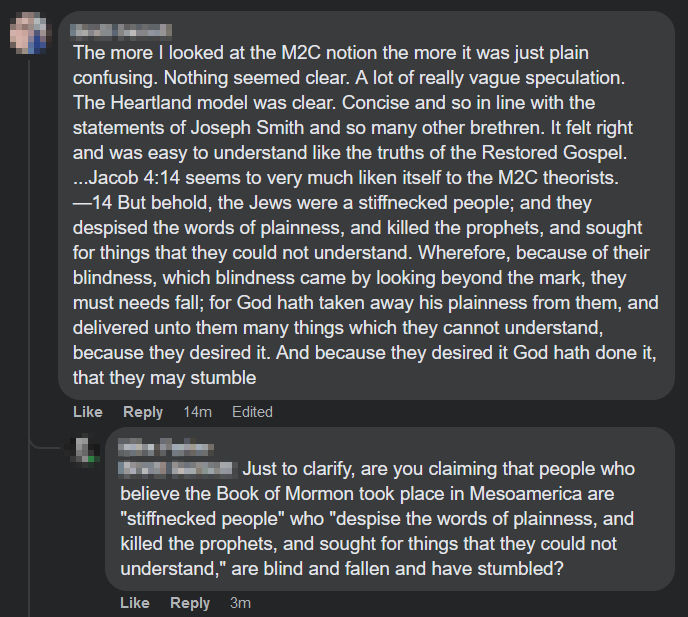
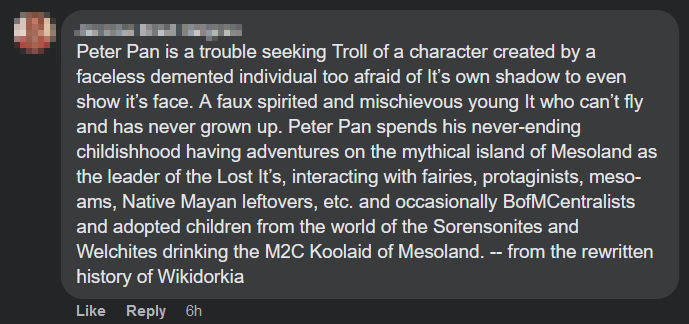
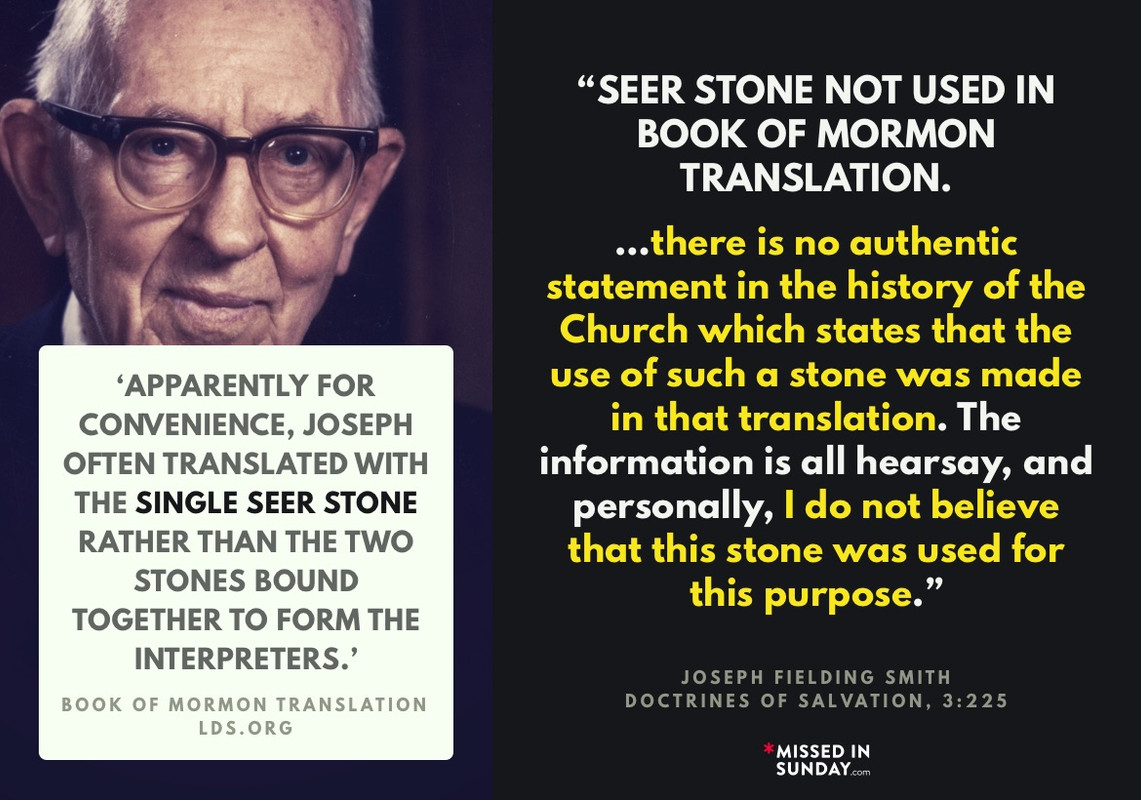

 The evidence sadly suggests that Jonathan Neville is not going to stop doing these things or even tone down his rhetoric. If anything,
The evidence sadly suggests that Jonathan Neville is not going to stop doing these things or even tone down his rhetoric. If anything, 



